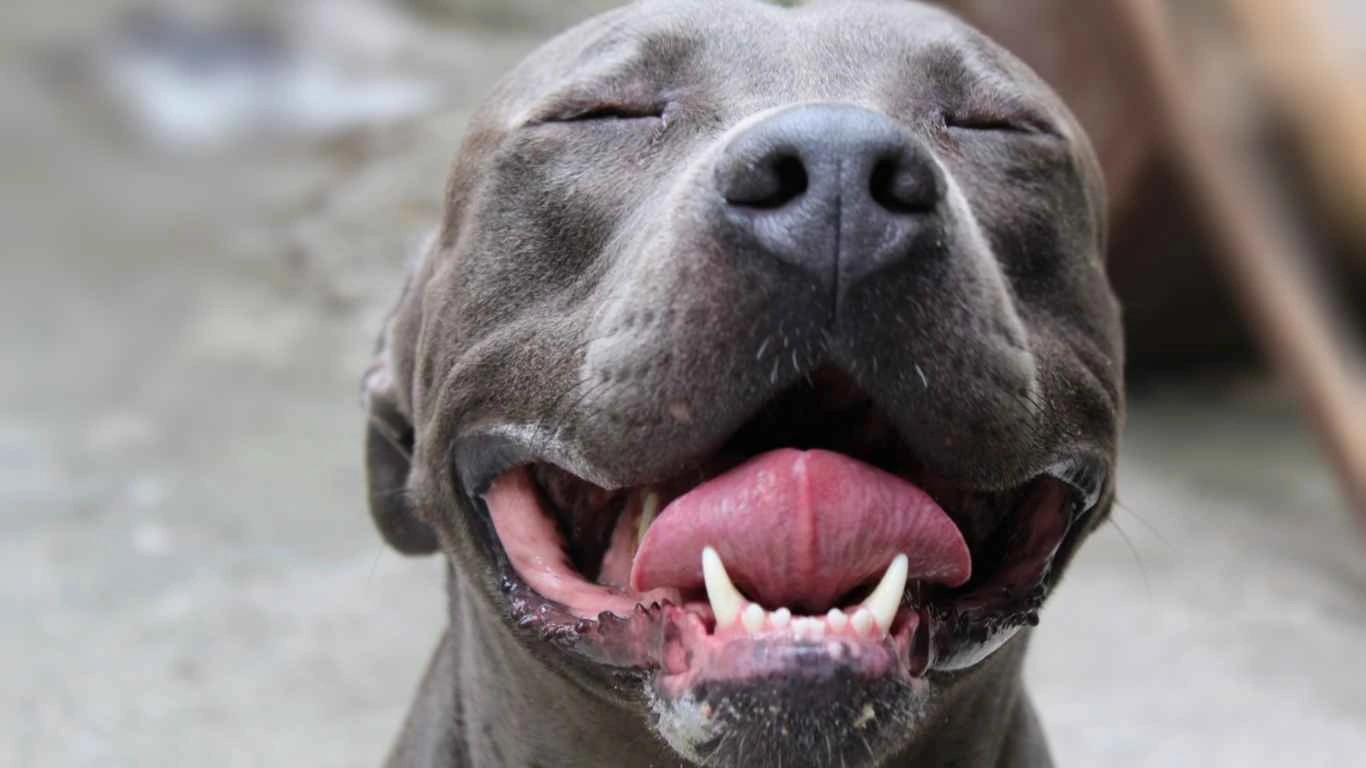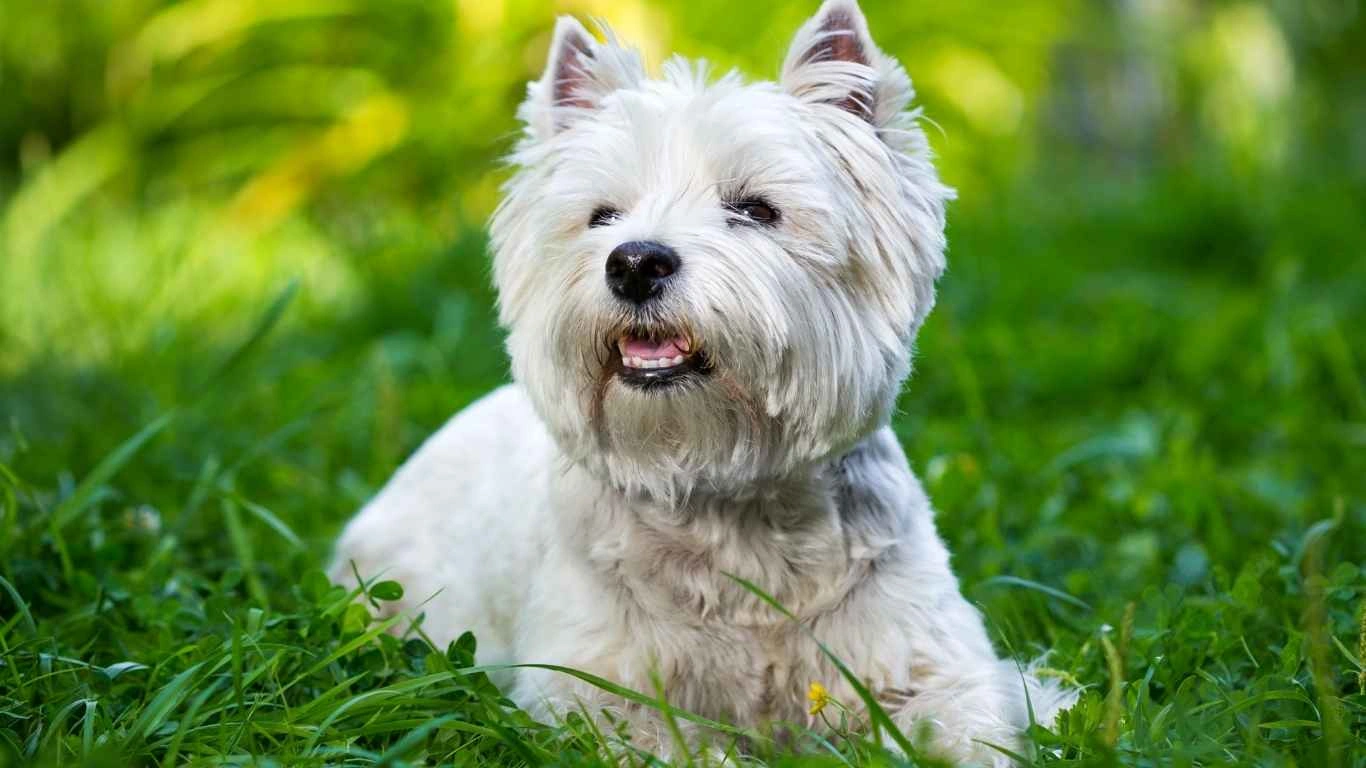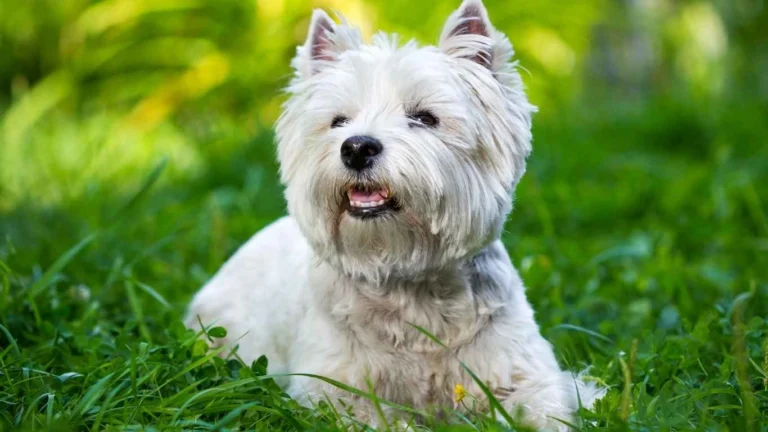Proven Ways to Boost Your Dog’s Energy Naturally with Smart Diet Fixes
Let’s talk about something I hear from pet parents all the time: “Why is my dog acting so tired lately?” It’s a common concern, and I totally get it—I’ve worked with tons of pups in clinics and shelters who just didn’t have that spark. Whether it’s an aging senior or a young dog that seems more snooze than zoomies, understanding how to boost a dog’s energy naturally through diet can make a world of difference. It’s not always about more exercise or playtime—what you put in their bowl matters, big time.
Understanding Your Dog’s Natural Energy Levels

Before we dive into the dog bowl, let’s step back and think about what affects a pup’s energy. I’ve cared for dogs recovering from illness, new shelter arrivals, and high-strung breeds that needed a better energy balance. Every dog is different, but generally, here are some things that can drain energy:
- Poor-quality kibble loaded with fillers
- Low-protein or overly processed diets
- Hidden allergies or food sensitivities
- Lack of essential vitamins, minerals, and fatty acids
- Underlying medical conditions (always worth ruling out!)
Diet plays a huge role. I’ve seen so many pups go from sluggish to spunky just by tweaking what they eat. And no, I’m not talking about fancy expensive food—just smarter choices that support their natural energy systems.
What “Natural Energy” Actually Means for Dogs

Boosting energy doesn’t mean turning your dog into a hyper tornado. It means giving them the stamina and alertness to enjoy walks, play, and engagement throughout the day. As someone who’s worked with both couch potatoes and working breeds, I can say: real energy is about balance.
Signs Your Dog Might Need an Energy Boost
If you’re wondering whether your dog’s diet is slowing them down, here are some clues I always look for:
- Sleeping way more than usual (even for their age)
- Lack of interest in toys or walks
- Lagging behind during outings
- Weight gain despite no change in activity
- Dull coat or shedding more than normal
These signs don’t always mean something serious, but they do mean it’s time to look at the food label. And believe me, I’ve seen plenty of “premium” dog food that doesn’t cut it.
How to Boost a Dog’s Energy Naturally Through Diet

Let’s get into the good stuff. If you want to give your dog a natural energy lift, here’s what’s worked again and again for the dogs I’ve cared for:
1. Prioritize High-Quality Protein
This one’s huge. Dogs are natural carnivores, and protein is their primary fuel. Look for whole meats like chicken, turkey, beef, or fish listed first on the label. Skip “meat meals” or vague sources. When I switched shelter dogs to a high-protein, low-filler food, their alertness spiked in just a week.
2. Add Fresh Whole Foods
Don’t be afraid to mix in some fresh, dog-safe foods to boost nutrition. A spoonful of cooked salmon, a few blueberries, or a bit of pumpkin can do wonders. I used to bring leftovers from home (within vet-approved limits, of course) and I swear, those dogs could smell the good stuff coming.
3. Include Omega-3 Fatty Acids
These not only help the coat and brain, but they also support joint health, which keeps your pup active longer. Fish oil is a great source—my go-to for senior dogs who started moving like pups again after just a few weeks.
4. Cut the Carbs and Fillers
Watch for corn, wheat, soy, and by-products. These bog your dog down. Instead, opt for sweet potatoes, lentils, or brown rice if you want healthy carbs. When we cleaned up the carb content in our shelter’s feeding program, the difference was night and day.
5. Hydration Matters Too
Okay, not technically diet, but close enough. A dehydrated dog is a sluggish dog. Try adding water or bone broth to meals—it’s a trick I picked up early on and still recommend all the time. Plus, dogs love the flavor!
Feeding with intention can completely change your dog’s day-to-day energy. And as someone who’s had a front-row seat to thousands of transformations, I can tell you—it’s totally worth the switch.
Functional Foods That Really Make a Difference

Now let’s chat about some powerhouse foods I’ve seen turn low-energy dogs around—literally within days. These aren’t just trendy ingredients; they’re backed by veterinary nutritionists and loads of real-life success stories from my time in both clinics and rescue shelters.
Sweet Potatoes
This is one I swear by. Sweet potatoes are loaded with fiber and complex carbs, which provide slow-burning energy without the sugar crash. We used to bake these up and mix small amounts into meals at the shelter—picky eaters included. Plus, they’re super gentle on sensitive stomachs.
Bone Broth
I’ve mentioned hydration already, but bone broth deserves its own spotlight. It’s packed with nutrients, easy to digest, and dogs go bananas for it. Especially great for senior pups or post-surgery recoveries—just a splash over kibble can bring back some pep in their step.
Blueberries
Antioxidant-rich and naturally sweet, blueberries are one of those easy wins. A few tossed in a bowl (or even frozen as a treat) can help fight oxidative stress, which drains energy over time. I remember one lab mix in recovery who absolutely perked up after these were added to her snacks.
Chia Seeds
Tiny but mighty. These little guys are full of omega-3s and can help keep your pup energized and regular. Just don’t go overboard—start with a pinch and work up. I once had a hyperactive shepherd that calmed down and maintained his energy longer after adding chia to his diet. Who knew?
Supplements Worth Considering (But Not Always Necessary)

Okay, let’s be real for a sec: not every dog needs supplements. A well-rounded diet can usually get the job done. But when I’ve worked with dogs that are especially lethargic, stressed, or recovering from illness, some light support made a noticeable difference.
Probiotics
Gut health = energy health. I’ve seen sluggish dogs turn around once we got their digestive systems balanced. A good probiotic supports nutrient absorption—because even the best diet won’t help if their gut isn’t doing its job.
Multivitamins
Use these carefully, and only if your vet recommends them. I’ve had success with senior dogs who just weren’t absorbing nutrients as efficiently. A balanced multivitamin brought their shine (and sass) back.
Turmeric or Curcumin
Yes, the same stuff in your spice rack. Anti-inflammatory, helps with joint stiffness, and supports energy by reducing discomfort. I added this to the meals of an older pit bull who’d been limping around the kennel. A couple of weeks later—she was back to sprinting laps during playgroup.
Common Mistakes That Drain a Dog’s Energy

Sometimes it’s not about what you should be doing—it’s about what you might need to stop doing. Even well-meaning dog parents can unknowingly zap their pup’s energy with some of these common missteps I’ve seen again and again:
- Overfeeding: More food doesn’t mean more energy—it often leads to weight gain, which makes dogs sluggish.
- Feeding inconsistent meals: Skipping breakfast or changing meal times can mess with a dog’s natural rhythm.
- Treat overload: Too many snacks (especially high-carb ones) can spike and crash their blood sugar.
- Underestimating hydration: Water is easy to forget, but it’s critical for energy production.
- Ignoring allergies: Food sensitivities cause inflammation and low energy—something I’ve seen misdiagnosed more times than I can count.
When to Loop in Your Vet or Nutritionist
Alright, so here’s the thing—sometimes diet alone isn’t enough. If you’ve tried all the above and your pup still isn’t acting like their usual self, it’s time to call in your vet. I’ve worked alongside some fantastic veterinary nutritionists who’ve spotted things like hypothyroidism, anemia, or even behavioral reasons behind low energy.
Look for these red flags:
- Sudden, unexplained fatigue
- Weight loss or gain without diet changes
- Changes in appetite or thirst
- Disinterest in favorite activities
Trust me, advocating for your dog early can make all the difference. I’ve seen early diagnosis save dogs a whole lot of suffering—and give them their spark back way sooner.
Daily Routines to Support Diet-Based Energy Boosts

Alright, now that we’ve covered the what and why behind diet-based energy boosts, let’s talk about daily routines. Because even the best diet won’t shine if your dog’s day-to-day life doesn’t support it. In my experience working in pet clinics and shelters, pairing food changes with gentle routine shifts can fast-track results—especially with sluggish or recovering pups.
Stick to Regular Mealtimes
Consistency is key. Just like us, dogs do better when they know what to expect. Regular meals keep blood sugar stable and energy steady throughout the day. I used to feed shelter dogs at the same times daily and saw their moods and movement improve when we kept that rhythm.
Pair Diet with Enrichment
Nutrition isn’t just about nutrients—it’s about how food fits into their life. Use part of their meal for training or hide it in puzzle toys. This not only keeps them mentally stimulated but encourages more movement without forcing a tired pup into high-energy play. Win-win!
Don’t Overdo the Treats
This one’s a toughie because we love to spoil our furballs. But I’ve seen too many pet parents unknowingly toss a day’s worth of empty calories into their pup’s bowl in the form of store-bought biscuits. Treats should be clean, limited, and ideally made from the same quality ingredients you feed at mealtime.
Homemade Meal Options That Work Wonders

If you’re up for it, cooking for your dog can be a game-changer. I’ve worked with foster families who swore by homemade meals—especially for dogs with food sensitivities or those in need of a major energy reset. Just remember: balance matters. It’s not just meat and rice every day.
Here’s a simple homemade combo I’ve recommended many times, especially during recovery or transition periods:
- Cooked lean protein (chicken, turkey, or salmon)
- Steamed veggies (green beans, carrots, spinach)
- Complex carbs (brown rice or quinoa)
- Healthy fats (a drizzle of olive oil or fish oil)
- A sprinkle of dog-safe herbs (like turmeric or parsley)
Always check with your vet before switching to fully homemade meals. I’ve collaborated with veterinary nutritionists to build meal plans for everything from weight loss to post-surgical recovery, and that expert insight really makes a difference.
Real-Life Energy Boost Stories From My Experience
Let me share a few quick snapshots from the field—because sometimes it helps to hear what worked for real dogs, not just theories.
Bella the Beagle: She came into the clinic overweight, sluggish, and disinterested in walks. We cut her kibble down by half, added lean chicken and pumpkin, and gave her omega-3s daily. Within a month, her tail was wagging again and she was the first to the door for walks.
Max the Malinois: A high-energy breed stuck in a shelter pen, Max was climbing the walls—until he wasn’t. His energy crashed due to poor food quality. We switched him to a high-protein, grain-free food and added frozen blueberries as rewards. He went from moody to motivated in two weeks flat.
Rosie the Rescue Mix: Rosie had food sensitivities that drained her energy. After switching to a limited-ingredient diet and adding probiotics, her digestive issues cleared up—and so did her low energy. She now plays fetch like a champ.
Final Thoughts on Natural Energy Through Nutrition
If there’s one thing I’ve learned over years of caring for dogs, it’s that you don’t need a miracle supplement or expensive food to help your dog feel like their best self. It all starts with awareness—reading labels, knowing your dog’s needs, and making small but meaningful changes. And hey, the wagging tail, extra bounce in their step, and joyful zoomies? Totally worth it.
Whether you’re feeding a picky pup, supporting a senior, or just looking to add a little more pep to your dog’s step, remember—food is powerful. And with the right approach, it can absolutely fuel a happier, more energetic life for your four-legged best friend.
References
- American Veterinary Medical Association
- PetMD
- American Gastroenterological Association
- American Animal Hospital Association
- American Society for Nutrition
Disclaimer
This article is based on personal experience as an animal care specialist and general pet nutrition knowledge. It is not intended as a substitute for professional veterinary advice. Always consult your veterinarian before making any major changes to your dog’s diet or health routine.




